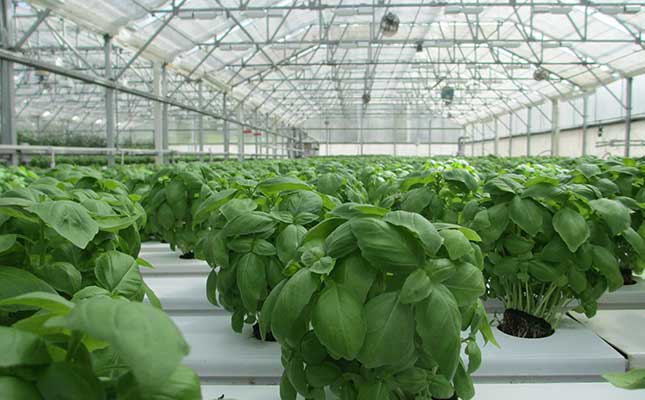Tech innovation helps farmers with climate-smart transition


Photo: Pixabay
According to Euronews, the aim of the project was to provide these enterprises with the newest insights into best practices and technological advances by adapting a co-creation process between farmers and food producers in the EU on the one hand, and technology SMEs in the region and the key regional universities on the other hand.
The project’s flagship device is a biosensor, and while not yet fully commercialised, it is able to accurately quantify the number of vitamins contained in cucumbers and other fruit and vegetables in real-time while the crops are still on the land.
This information would be vital for farmers and food producers to adjust variables such as the correct level of humidity needed for plants, for example, with the aim of improving the nutritional quality of a crop, among other decisions.
“Normally, if you want to know how many vitamins are in the vegetable or in fruit, it takes at least days to have this measurement back because it goes to the laboratory, and then it has to be sent back.
“Now, you can measure it with a sensor. It’s getting you the right information within minute,” John van Helden, director and owner of Yookr, a technology company in Horst in the Netherlands, told Euronews.
The biosensor used colour coding to detect different vitamins in food products, with the chemical or receptor part of the biosensor able to determine the precise vitamin content of a piece of fruit.
This aspect of the project was being developed by scientists at Maastricht University in the Netherlands.
At a total cost of €1,9 million (about R32,2 million), about 50% of the project was being financed by the EU’s cohesion policy.
Communication and greater public awareness were also vital in agriculture’s transition to long-term sustainability, according to Euronews.
Therefore, in addition to food producers, the technology should also allow consumers to precisely determine the nutritional value of the food they consume.
“One of the things that you [as a consumer may] want to know is how many nutrients do I have in my food? And you can walk into a supermarket and they say it’s healthy, but is it actually healthy?
“So, if you have a sensor that can quickly say that this is the amount of vitamin C that you have in it, then is very beneficial,” Bart van Grisven, associate professor and project leader of EMR Food Screening said.
The Brightlands campus (Greenport Venlo), a high-tech agricultural and horticultural innovation hub in the Netherlands, was making this its top priority.
“We have contacted all these innovative companies that actually want to do something about getting the consumer [to become healthier], more aware, but also to help think of new innovations,” a statement by the company said.
